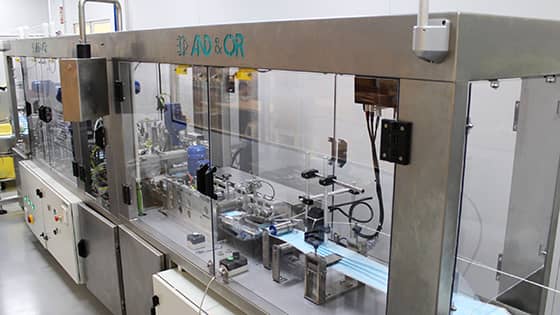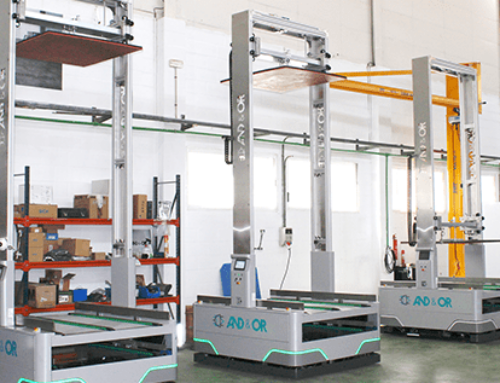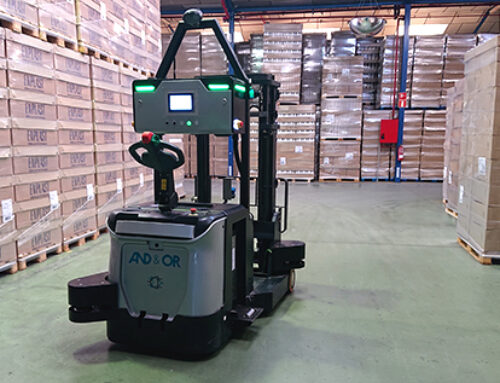
Surgical masks are what we usually see in clinical environments.
In epidemic situations, such as COVID19, they are used to reduce the spread of infection, preventing healthcare professionals and patients from transmitting certain types of infectious agents.
The mission of surgical masks is to filter the exhaled air to protect the people around you, preventing the spread of viruses when you speak or cough. Prevention of human-to-human transmission of infections by droplets of saliva or upper airway secretion.
They must have some type of mechanism that allows them to be adjusted over the nose, mouth and chin of the wearer to achieve their goal.
Indice de Contenidos
Types of surgical masks
There are two types of surgical masks based on their bacterial filtration efficiency (EFB).
Based on this, they are classified into Type I and Type II surgical masks.
Type II can also be divided based on resistance to splashing body fluids such as blood. Those that are resistant are called masks type IIR.
The And & Or Group offers a machine for the manufacture of surgical masks. The automatic production line is capable of manufacturing three-layer protective surgical masks with ultrasonic welding system for mask assembly.
Labeling of surgical masks
According to the regulations, the surgical mask is a class I medical device, considered as presenting a lower risk for the use for which it is intended. This means that the manufacturer or authorized in the European Union must make an EU declaration on the conformity of the product, without requiring the intervention of a body which certifies the product. However, the mask manufacturer is required to comply with the technical requirements set out in AC UNE-EN 14683: 2019. on surgical masks, requirements and test methods.
The information to appear on the masks must include the following references:

The CE marking guarantees that the product complies with the legislation in force. If the mask is offered as sterile, in addition to other requirements, the number of the notified body which assessed the sterility conditions must be indicated.
The UNE EN 14683 standard guarantees compliance with the quality standard and includes the tests to be carried out for this type of mask which affect the following aspects: Breathability, splash resistance (for Type IIR), microbial cleaning and biocompatibility. This UNE standard specifies the values of each of the factors mentioned.
The same standard states that Type I surgical masks are not intended for use by healthcare professionals in an operating room or medical environment with similar requirements.
The type indicates whether the mask is type I or type II.
Being, moreover, a medical device, it must also provide:
- The name of the product.
- Name and address of manufacturer.
- Name of the representative and registered office.
- Package contents.
- Batch number and expiration date.
- Indicating, where applicable, that it is a single-use product.
Duration of surgical masks
For comfort and hygiene, it would be advisable not to use surgical masks for more than four hours.
In the manufacturer’s instructions, the recommended length of time for this mask should be specified.
If the mask is visibly damp or deteriorated after use, it is recommended to replace it with another.
Tips for fitting surgical masks.
- Wash your hands for at least 40 seconds before handling it.
- Don’t touch the fabric, just grab it by the rubber bands.
- It should cover the nose and mouth without leaving any space between the face and the mask.
- Hold it with the elastic behind the ears.
- Pinch the nose clip to fit your nose.
- Avoid touching the outside of the mask.
- Wash your hands before removing your mask.
- Remove it by touching only the rubber bands.
- Put it in a closed plastic bag before throwing it in the trash.
Automatic production lines for surgical masks
The Spanish group And & Or, a company dedicated to the automation of industrial processes and which has subsidiaries in the United States, Belgium and China, within its range of solutions for the industry health, offers a machine for making masks.
The automatic production line is capable of manufacturing three-layer protective surgical masks with ultrasonic welding system for mask assembly.
In our catalog, we also offer on the market:
Production lines for hygienic masks.
The FFP2 and FFP3 mask production lines.
In addition, we offer kits with the material necessary for the production and packaging of the masks.
PRODUCTION, HANDLING AND MATERIAL FOR MASKS
Face masks production machinery | FFP2 and FFP3 masks |
Peripherals and packing solutions | Materials for mask manufacturing
The content of this article collects this information from:
Website of the Spanish Ministry of Health
Website of the Spanish Society of Primary Care Pharmacists Sefap.org





Leave A Comment